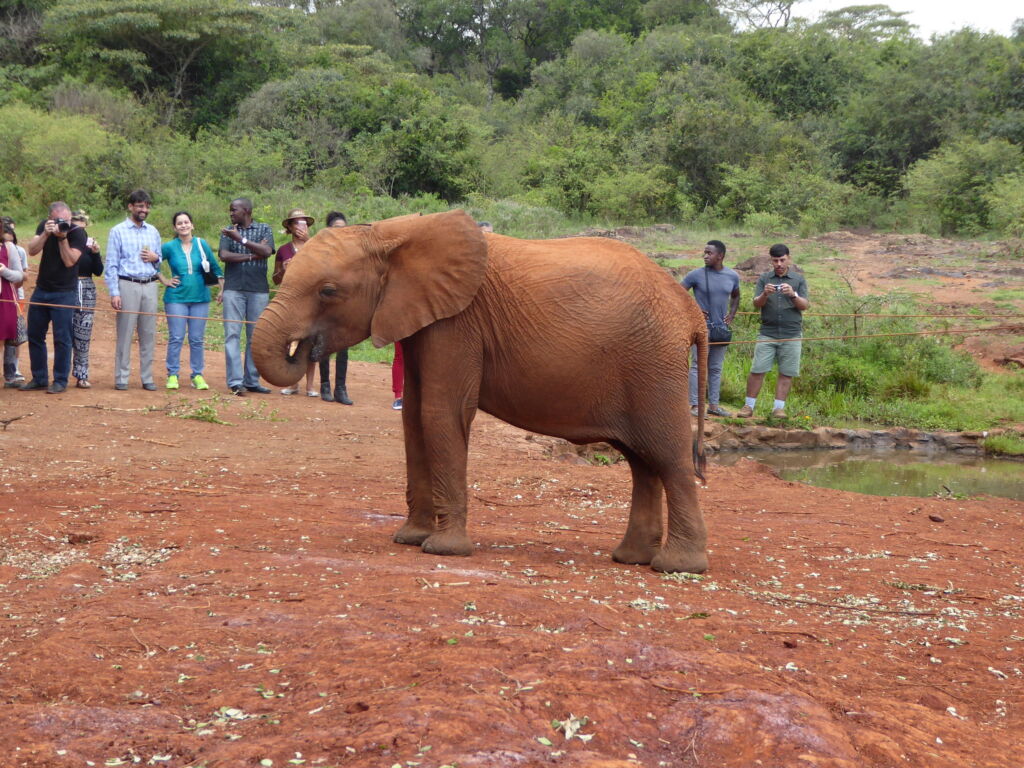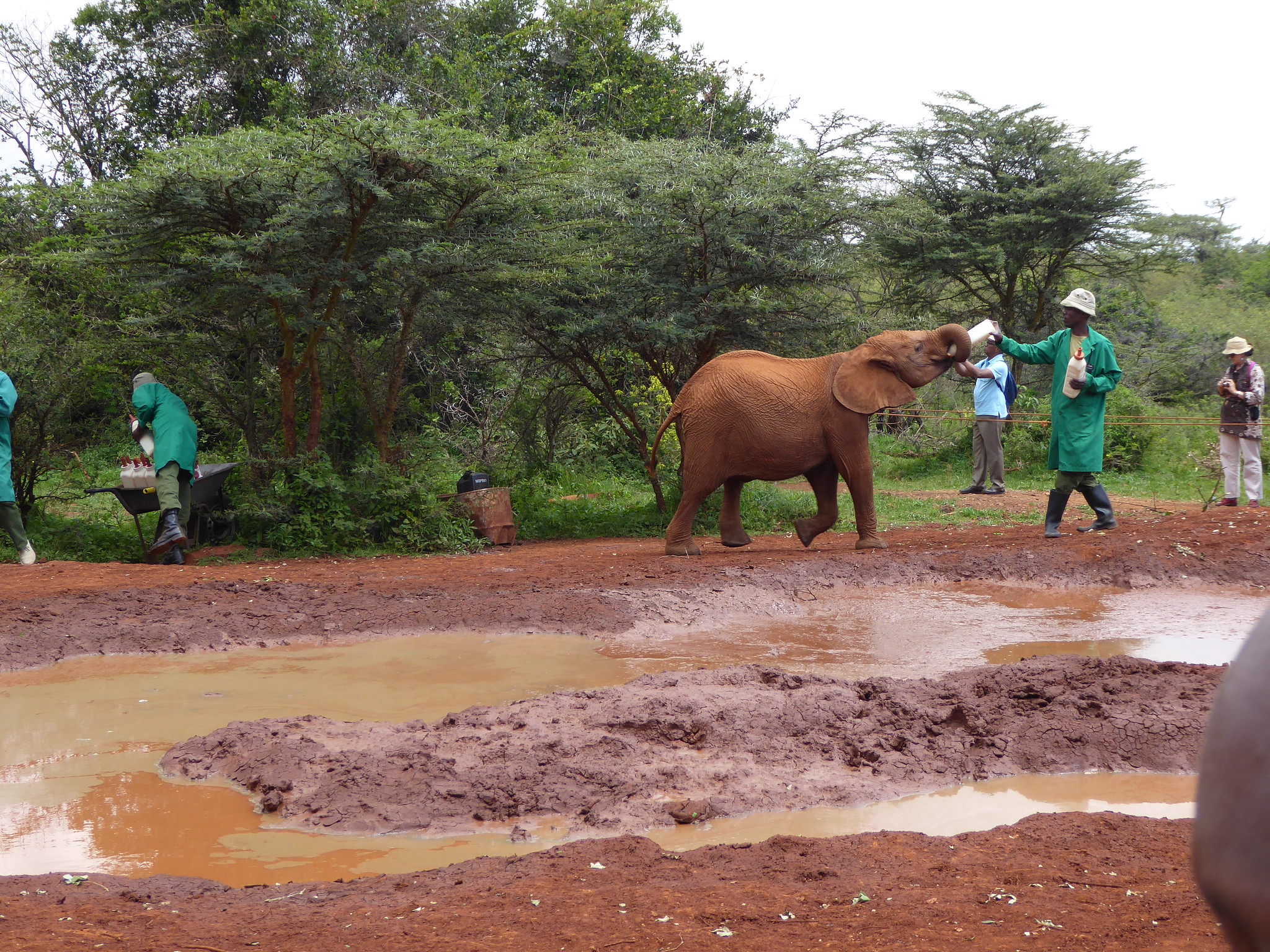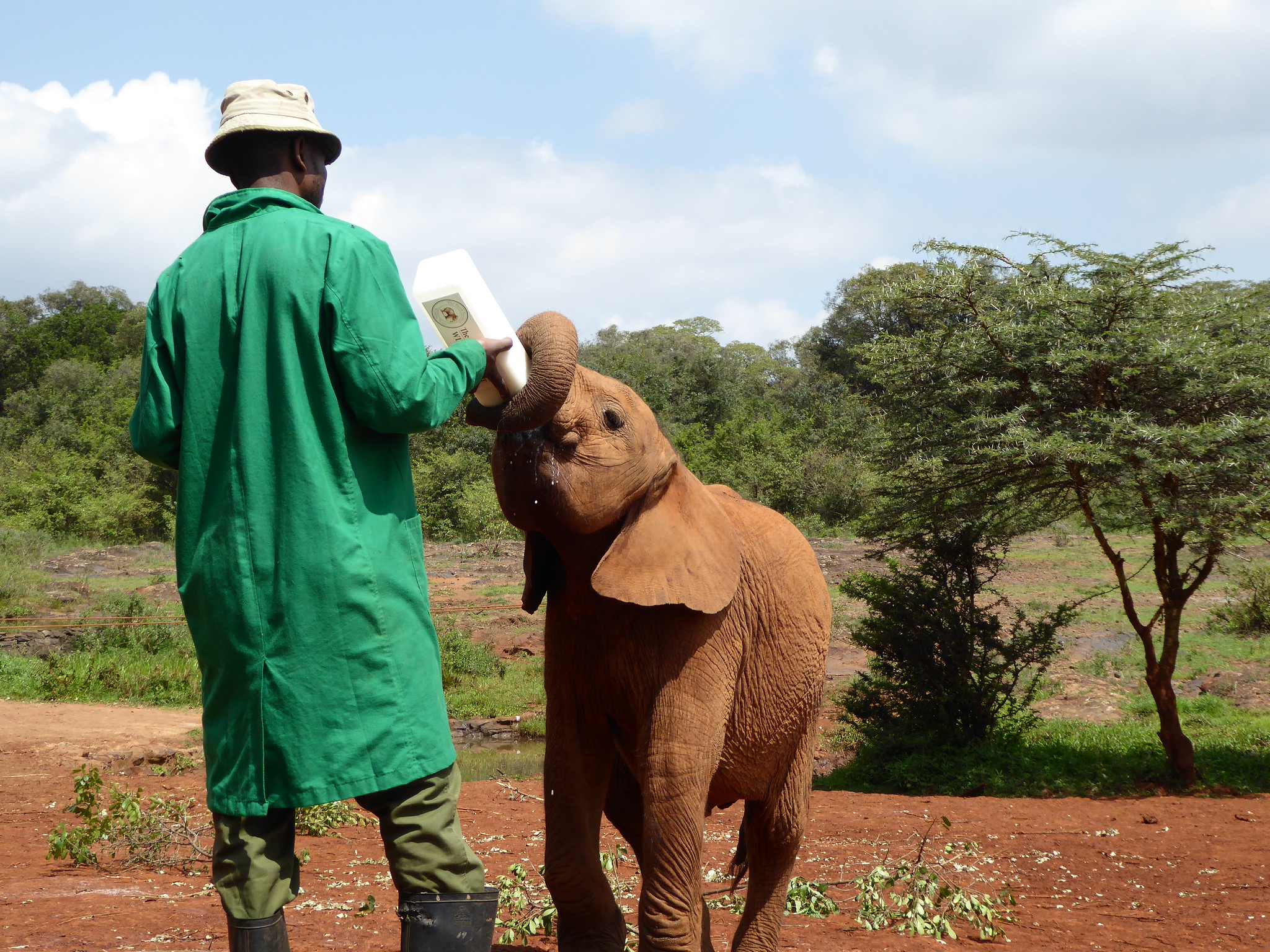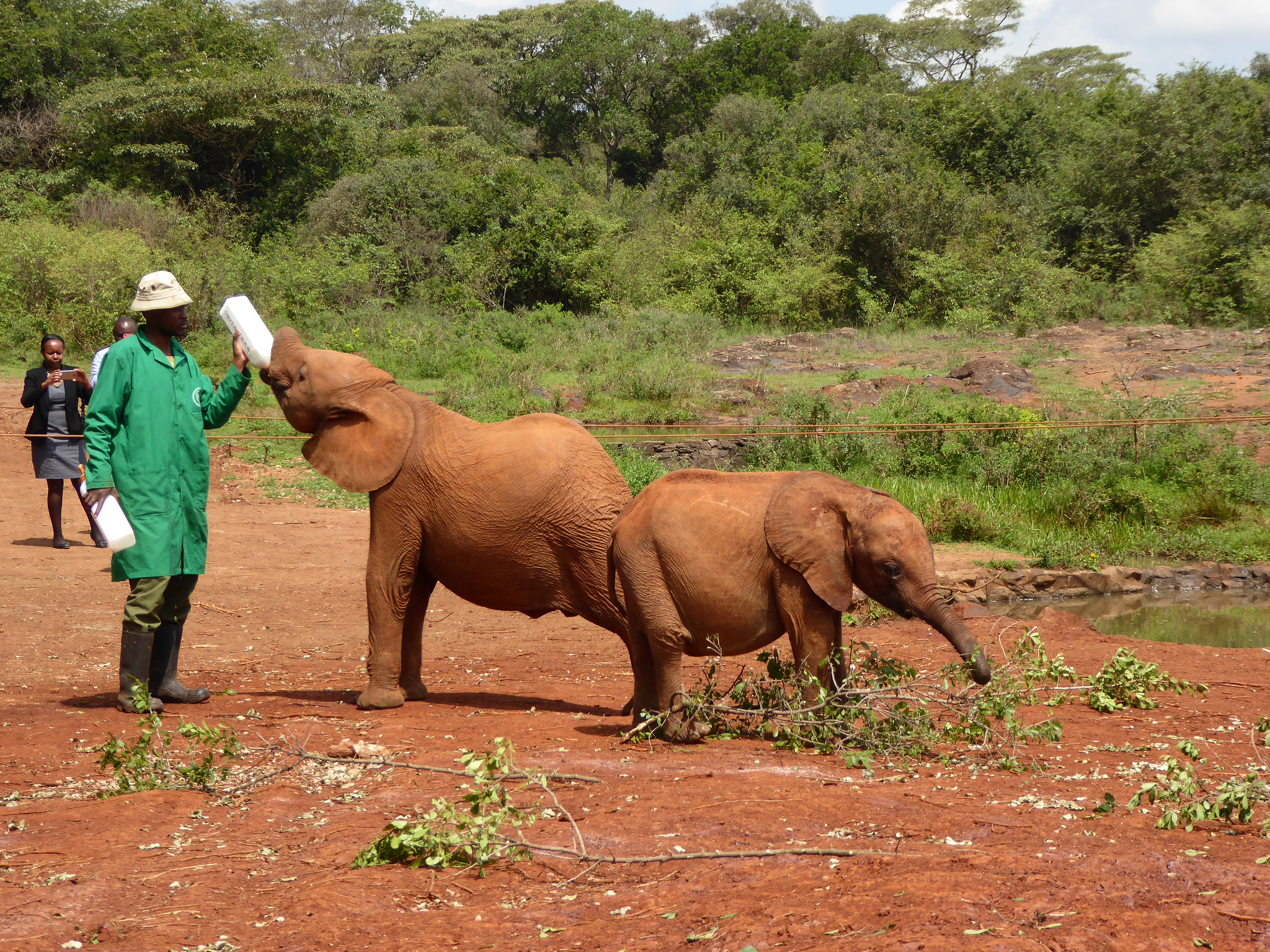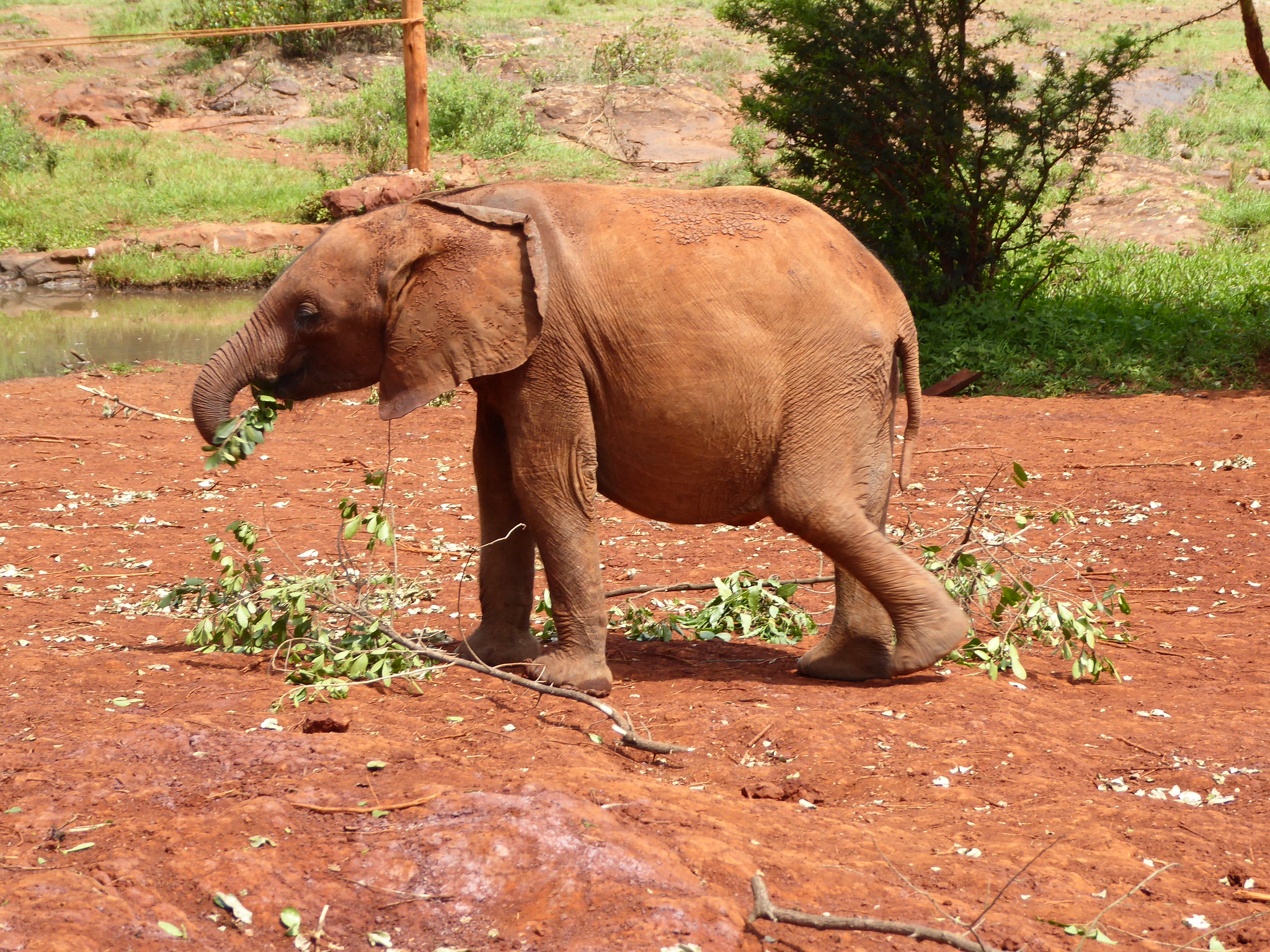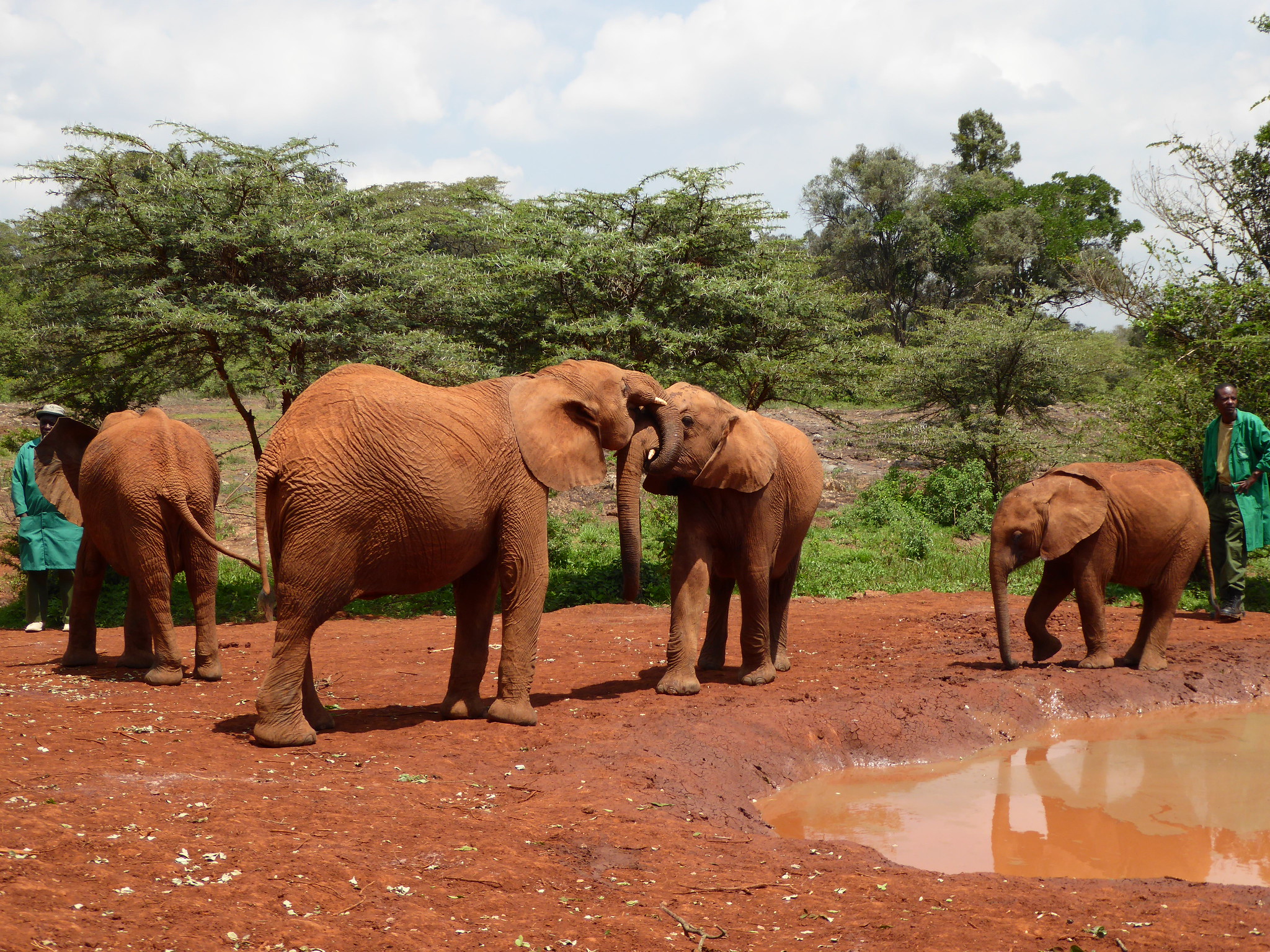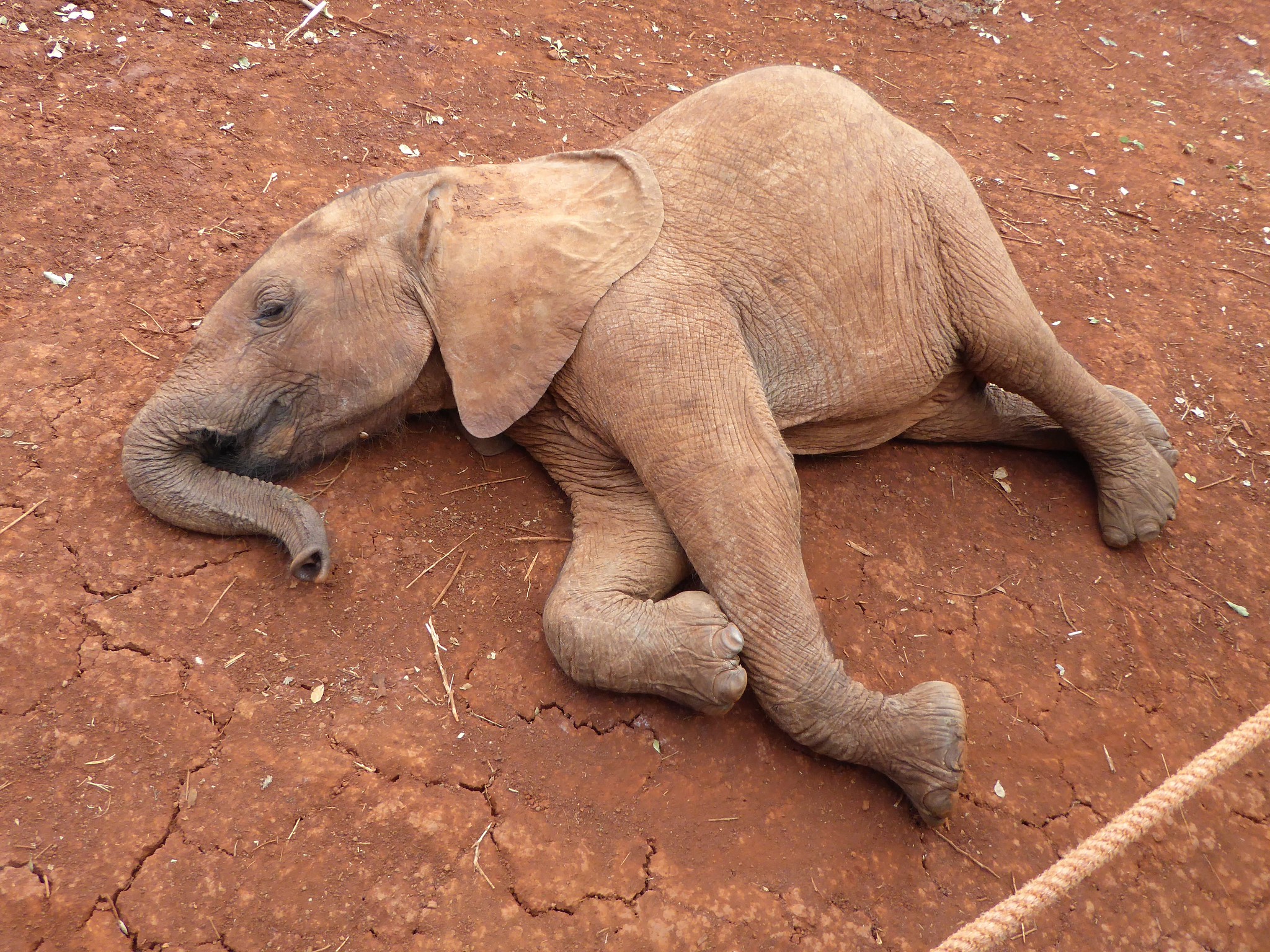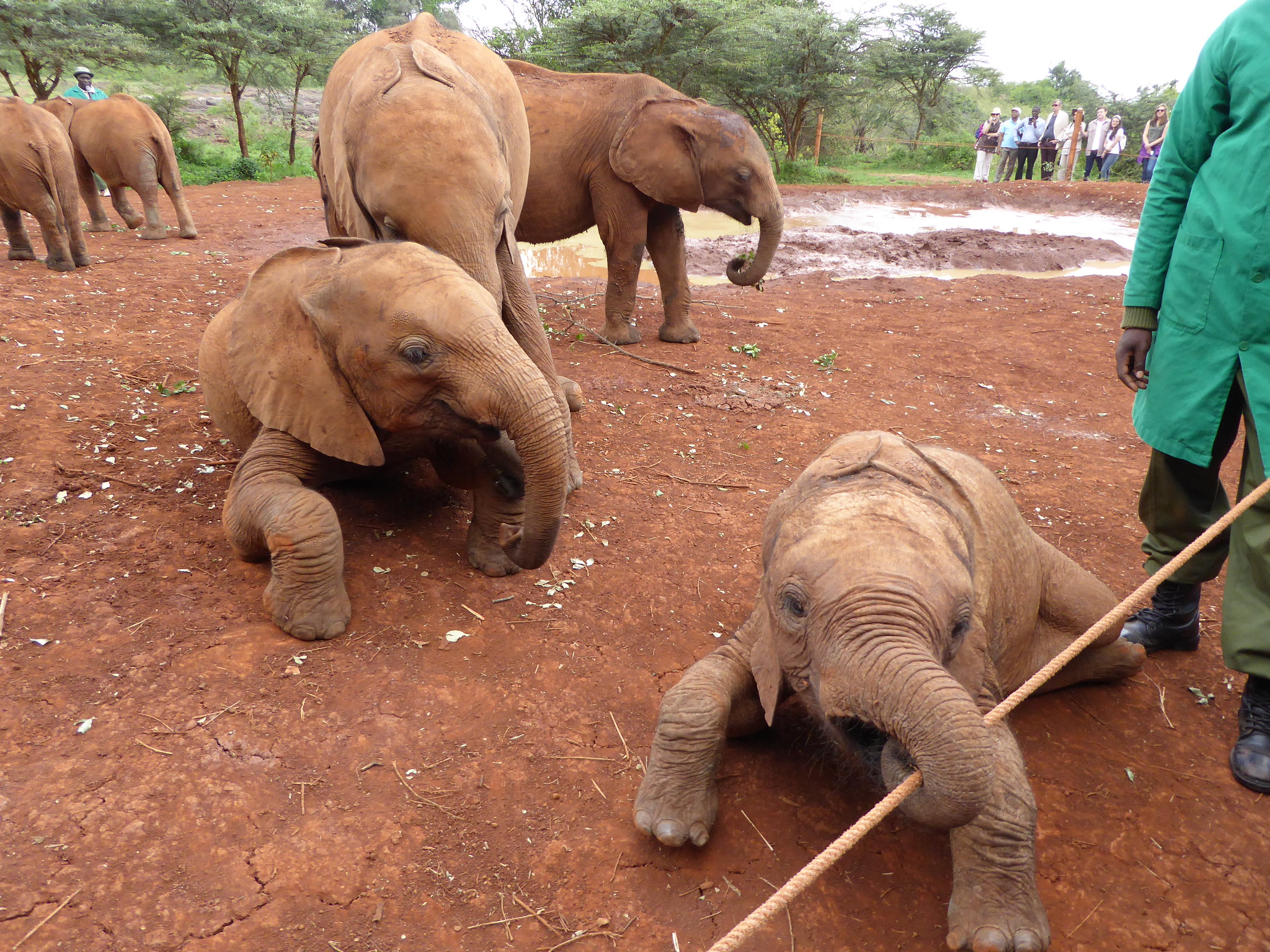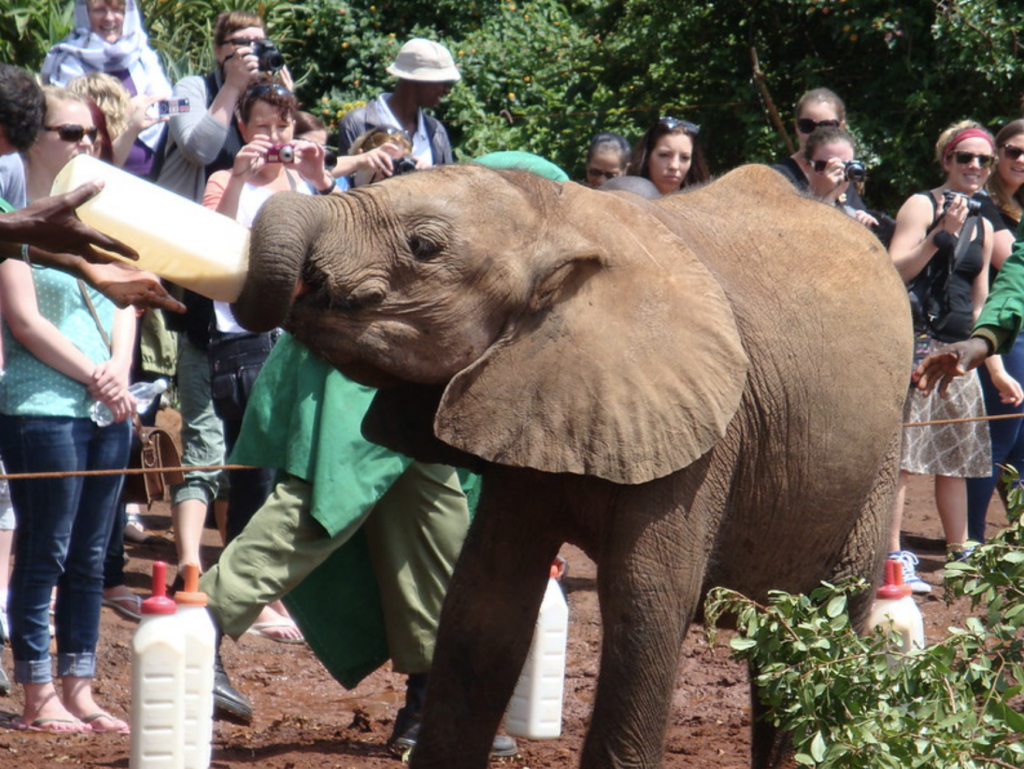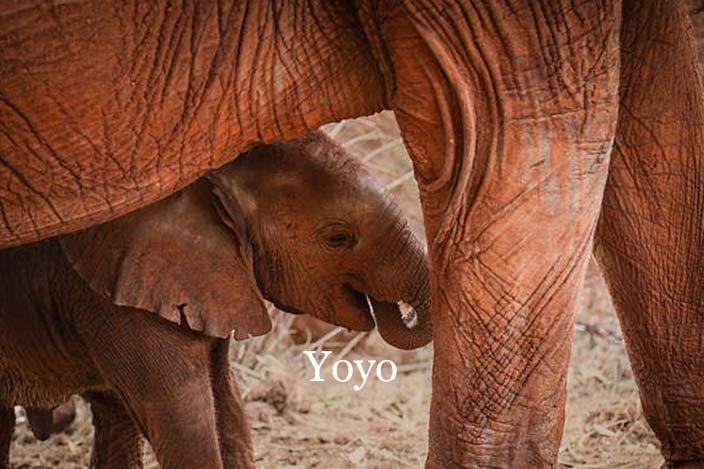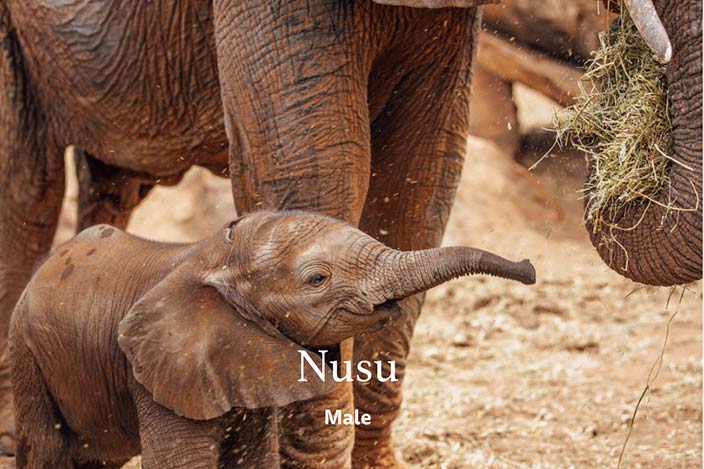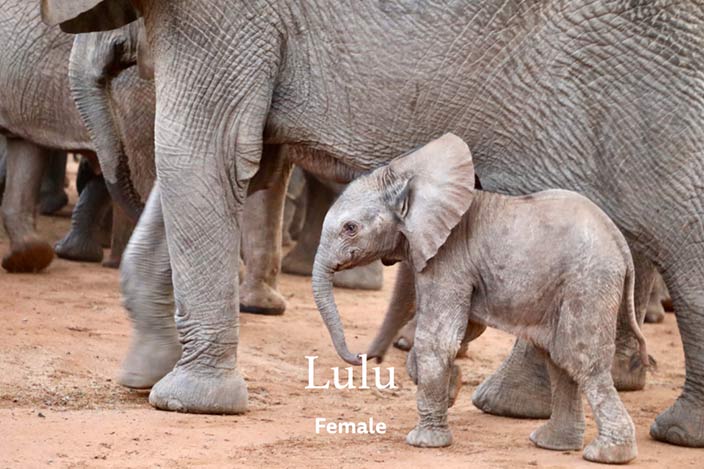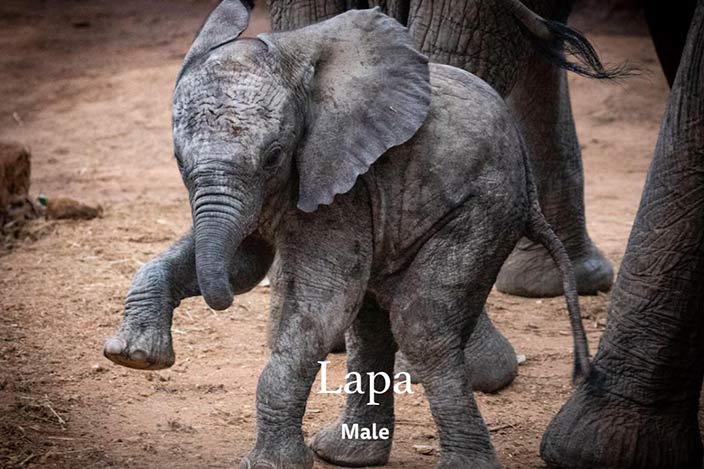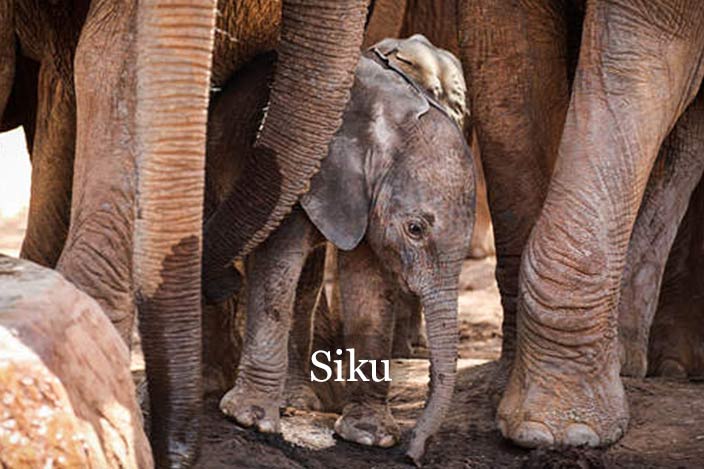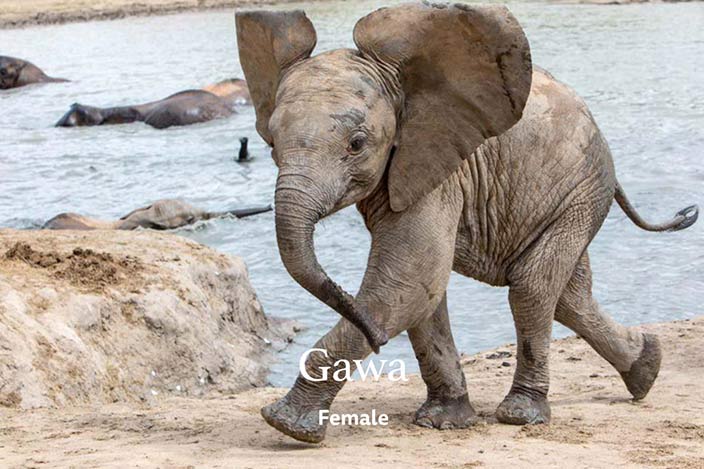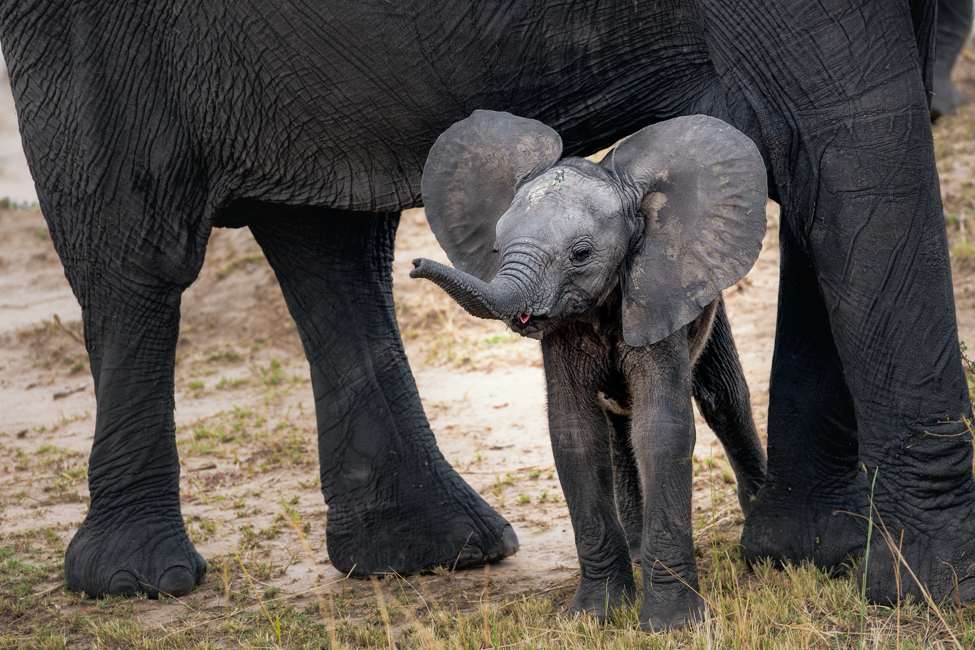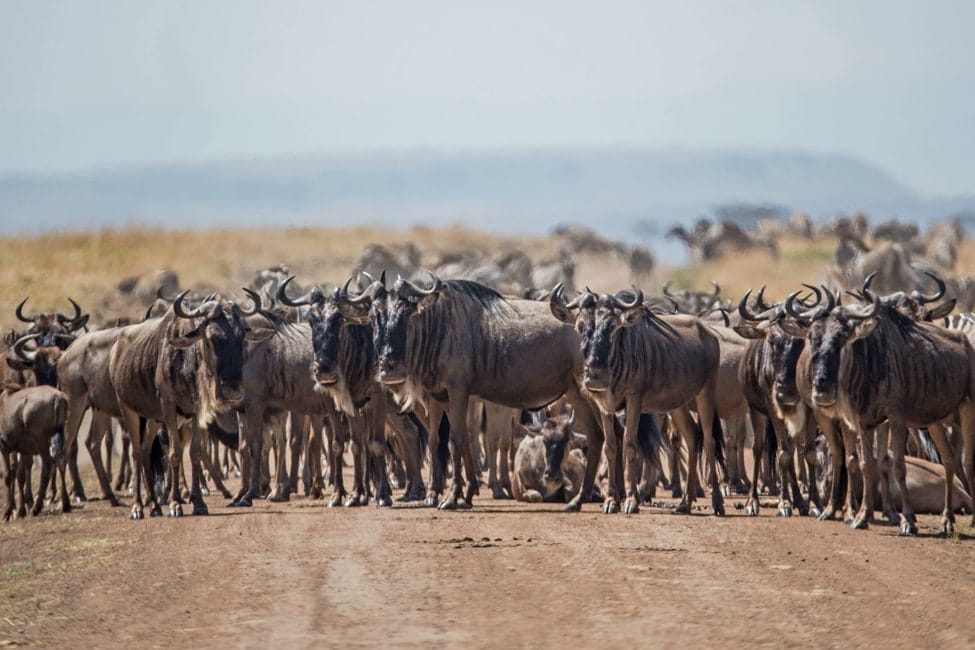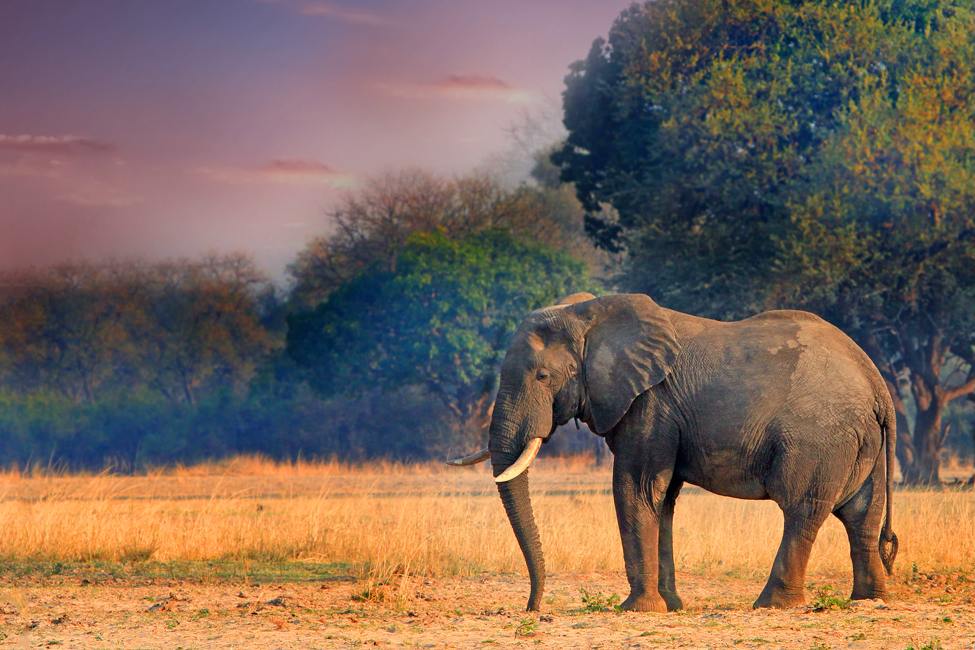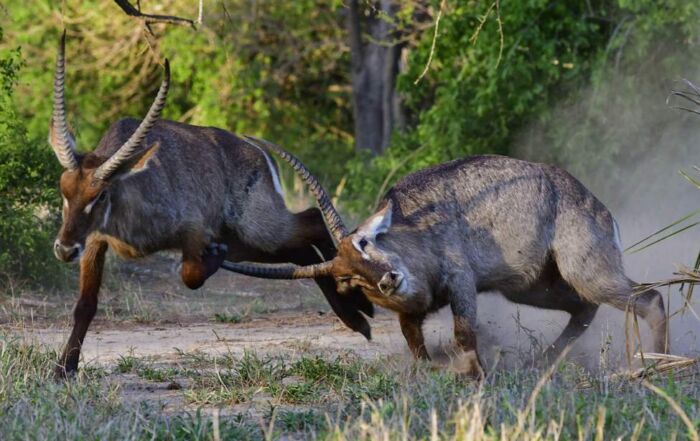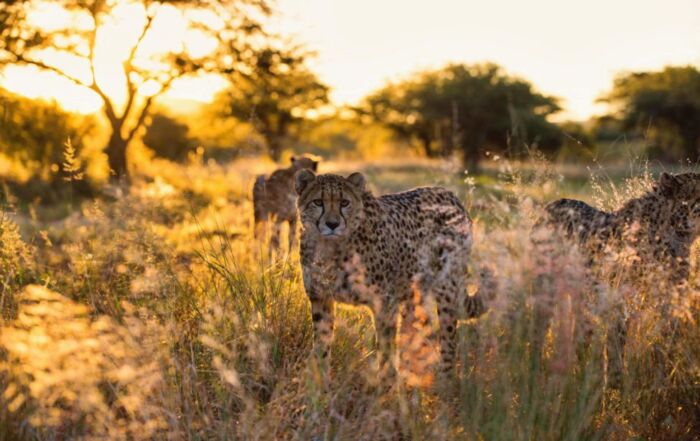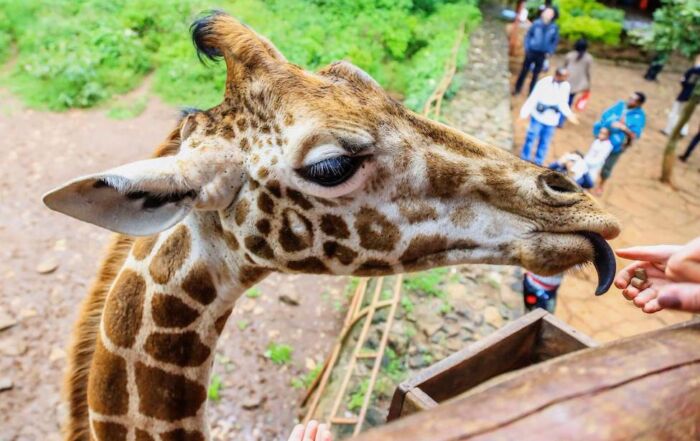Photo courtesy and copyright of Sheldrick Wildlife Trust
Visit the World’s Most Successful Elephant Rescue!
Born from one family’s passion for Kenya and its wilderness, the Sheldrick Wildlife Trust runs the most successful elephant rescue and rehabilitation program in the world.
This program, called the Orphans’ Project, rehabilitates young elephants and other animals who have lost their mothers to poaching, illness, or conflict with humans. It has successfully raised 262 orphaned elephants and 17 rhinos to adulthood, reintegrating them into wild herds in Kenya’s national parks. So far, more than three dozen young have been born to Orphans’ Project “graduates.”
Young elephants get a second chance at life at the Orphans’ Project nursery in Nairobi, Kenya. Photos: Regina Hart
Up Close With Elephants at the Orphans’ Project Nairobi Nursery
The Orphans’ Project main wildlife nursery is a favorite stop for Ujuzi travelers when they first arrive in Kenya. Located on the outskirts of the capital near Nairobi National Park, you can see young elephants eat and play, learn more about elephant behavior, and observe some of the amazing work the center does to help orphaned wildlife thrive.
The elephants at the Nairobi nursery are infants to four years old, and they need round-the-clock care. Nursery staff supply feedings with specially formulated food to replace their mother’s milk, and they create a safe environment where young elephants learn important social and foraging skills. The calves spend most of the day in Nairobi National Park, where they browse to supplement their milk diets.
Onlookers get an up-close and personal view of the elephants at the Orphans’ Project nursery in Nairobi. Photo taken on an Ujuzi safari by Kathryn Kingsbury.
Elephants are very intelligent and herds have a complex structure, so staff pay just as much to the orphans’ behavioral and mental development as to their physical needs. Like humans, elephants use touch to communicate and explore the world, and infant elephants rely on frequent physical contact to develop properly. While visiting the nursery, you may find a curious young elephant petting you with its trunk—it’s their way of expressing interest in something new!
Our family visited the Sheldrick Trust in 2014 on our fourth safari with Ujuzi. We fell in love with the elephants and the experience at the rescue. It’s sweet to watch a half dozen baby elephants trot to the feeding area and greedily suck on oversized baby bottles! We then learned about the sad circumstances that led the orphaned elephants to make their way to the Trust. We decided then and there to sponsor an elephant!– Petra K., Ujuzi traveler
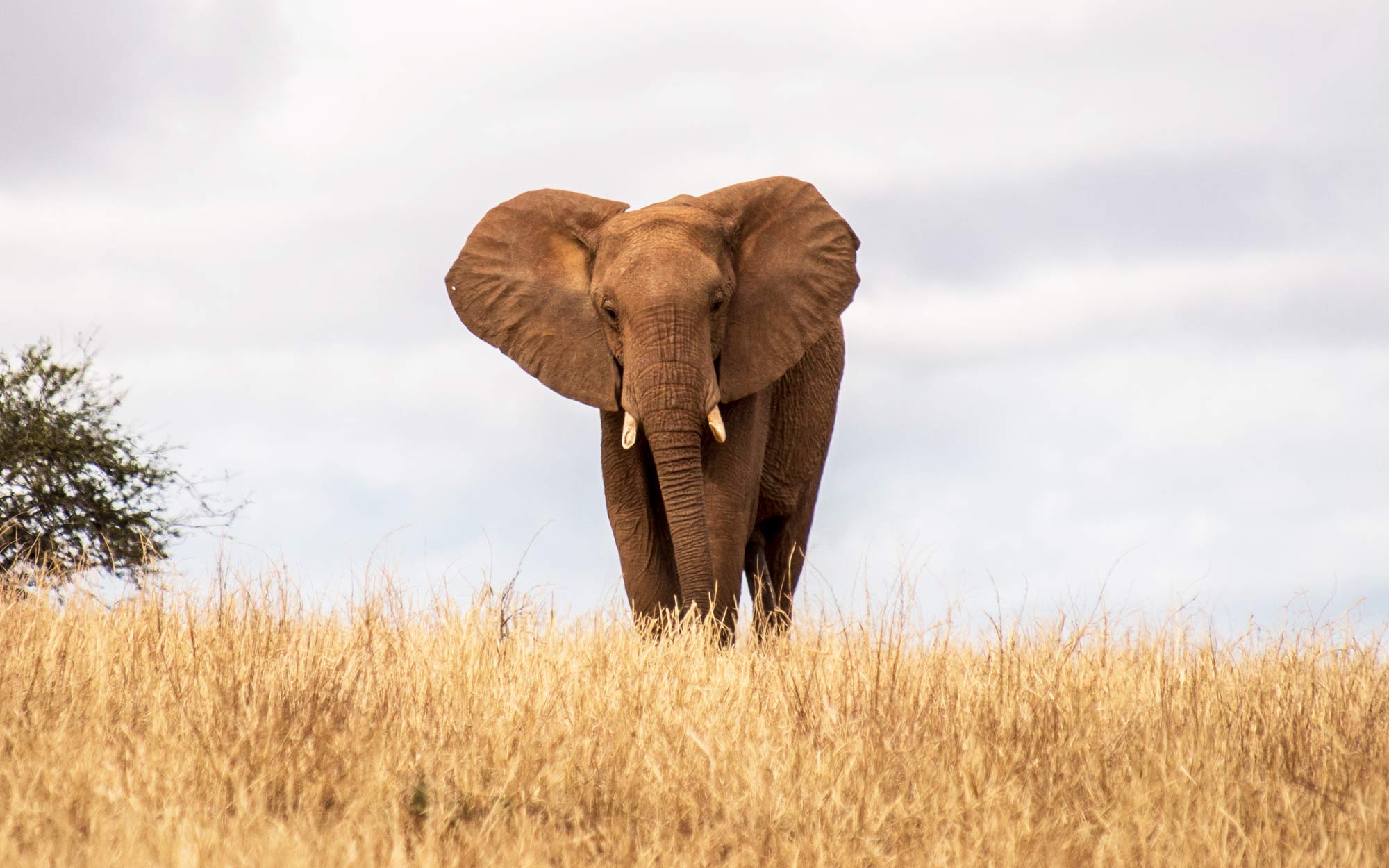
A majestic elephant comes into view at Tsavo Conservation Area, Kenya. Photo credit: Selma Zijlstra
Returning Elephants to the Wild
Any rehabilitation program must carefully balance the risk of temporarily removing an animal from their home range with the long-term benefits of intervention. It must also ensure that rehabilitated animals will be able to thrive in the wild.
In the case of young elephants, the benefits of rehabilitation definitely outweigh the risks. Elephants who lose their mothers while nursing can only survive for a few weeks in the wild. They receive protection from the herd but do not have enough to eat and eventually starve. Rehabilitation gives them a chance at life.
The Orphan’s Project offers a chance at life for these vulnerable animals. While elephants are of nursing age, they get the nutrition and emotional care they need at the nursery. As the elephants grow older, they transition to life in the wild through a careful integration process.
Reintegration into the wild takes place in protected settings at Tsavo East National Park and Chyulu Hills National Park. There, young elephants move from their dependence on humans as they are adopted into wild elephant herds. The calves are not alone when they move to the parks—they are accompanied by at least one friend from the nursery, providing social support until they are ready to reintegrate into the wild at their own pace. As years pass and the young elephants mature, they often become parents themselves!
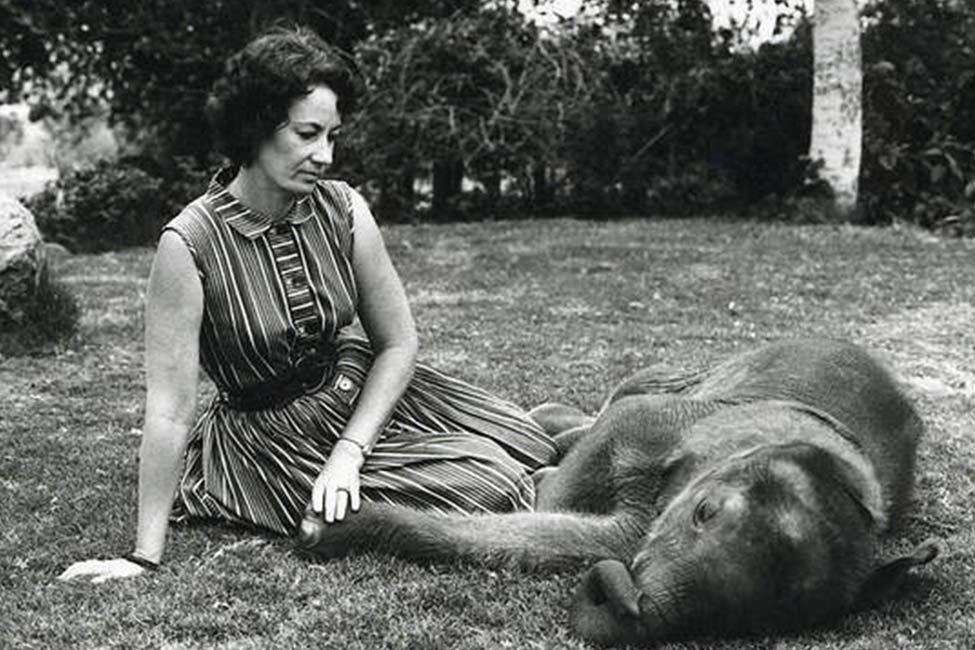
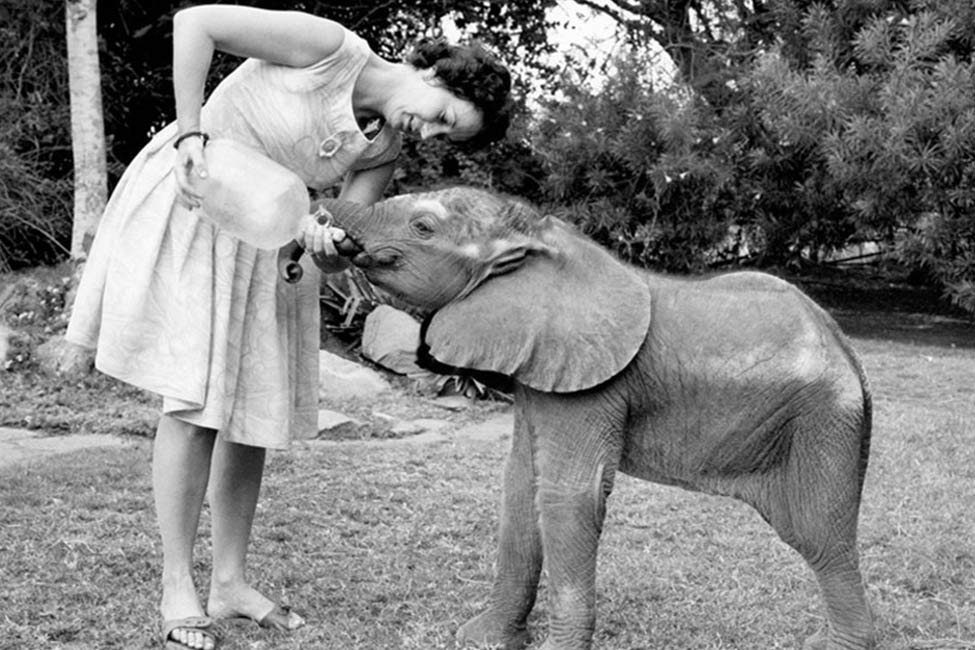
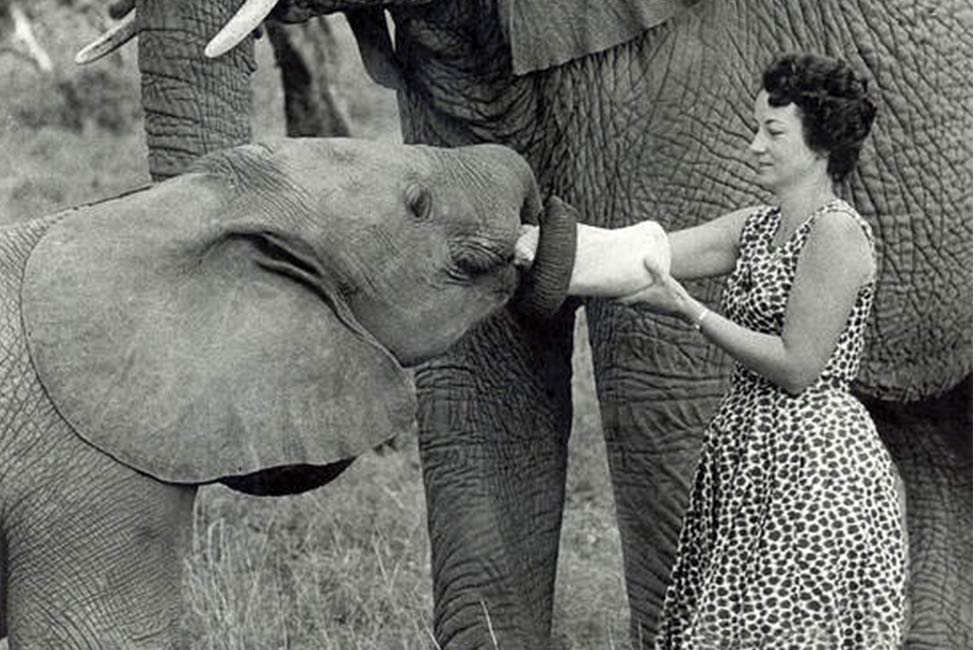
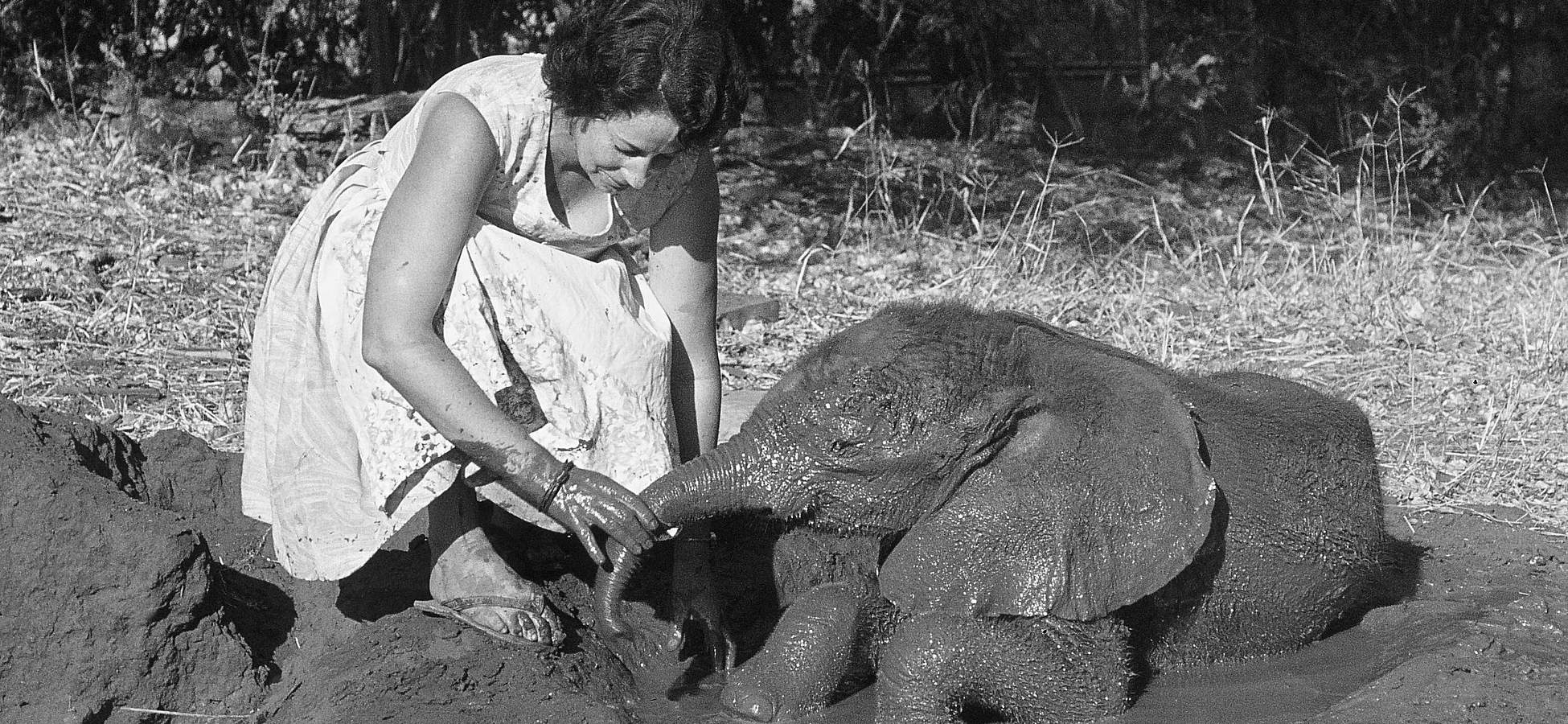
Daphne Sheldrick was a pioneer in the rescue and rehabilitation of orphaned elephants. These photos were taken in the early years of her work as she fed and cared for her young charges. Photos courtesy and copyright of Sheldrick Wildlife Trust.
History of the Orphans’ Project
The Orphans’ Project came about as a result of the hard work and passion of Daphne Sheldrick, who was born in Kenya to British parents in 1934. She fell in love with Kenya’s wildlife and served as co-warden of Tsavo East National Park with her husband, David Sheldrick, from 1955 to 1976. There, she became the first person to successfully rescue orphaned African elephants and rhinos of nursing age and raise them to adulthood.
At first, she cared for these wild babies on her own. But she became concerned that these young animals were becoming too psychologically dependent on her—a result that conflicted with the goal to return them to the wild.
The solution, she realized, was to hire and train multiple people to care for each orphan. In 1977, she founded the David Sheldrick Wildlife Trust to provide that care.
Nothing highlights the success of the Orphans’ Project quite like the birth of babies to orphans raised by the Trust and now living in the wild. Photos courtesy and copyright of Sheldrick Wildlife Trust
Visiting and Supporting the Orphans’ Project
Individuals can “adopt” an elephant or rhino for $50 a year. You’ll receive an adoption certificate and a monthly update about your orphan and project highlights.
Sponsoring an elephant is a really special way to help an animal survive and thrive and it’s a fun way to engage the entire family. We followed the progress of our elephant, watching it grow and get stronger so that eventually he could return to the wild.
It’s a way to bring awareness to kids about animal poaching and the effects of it. We plan to sponsor another elephant as a family Christmas gift! – Petra K., Ujuzi traveler
Visiting the Nairobi nursery is another great way to support the project and is included as part of our 10-Day Legendary Kenya Safari. We highly recommend this activity to all our clients visiting Kenya—traveler after traveler lists the Orphans’ Project as a highlight of their stays in Nairobi. Seeing these young elephants up close is an incredible way to launch your Kenyan adventure.
Explore Africa on These Safaris
Pin This Post & Save for Later!
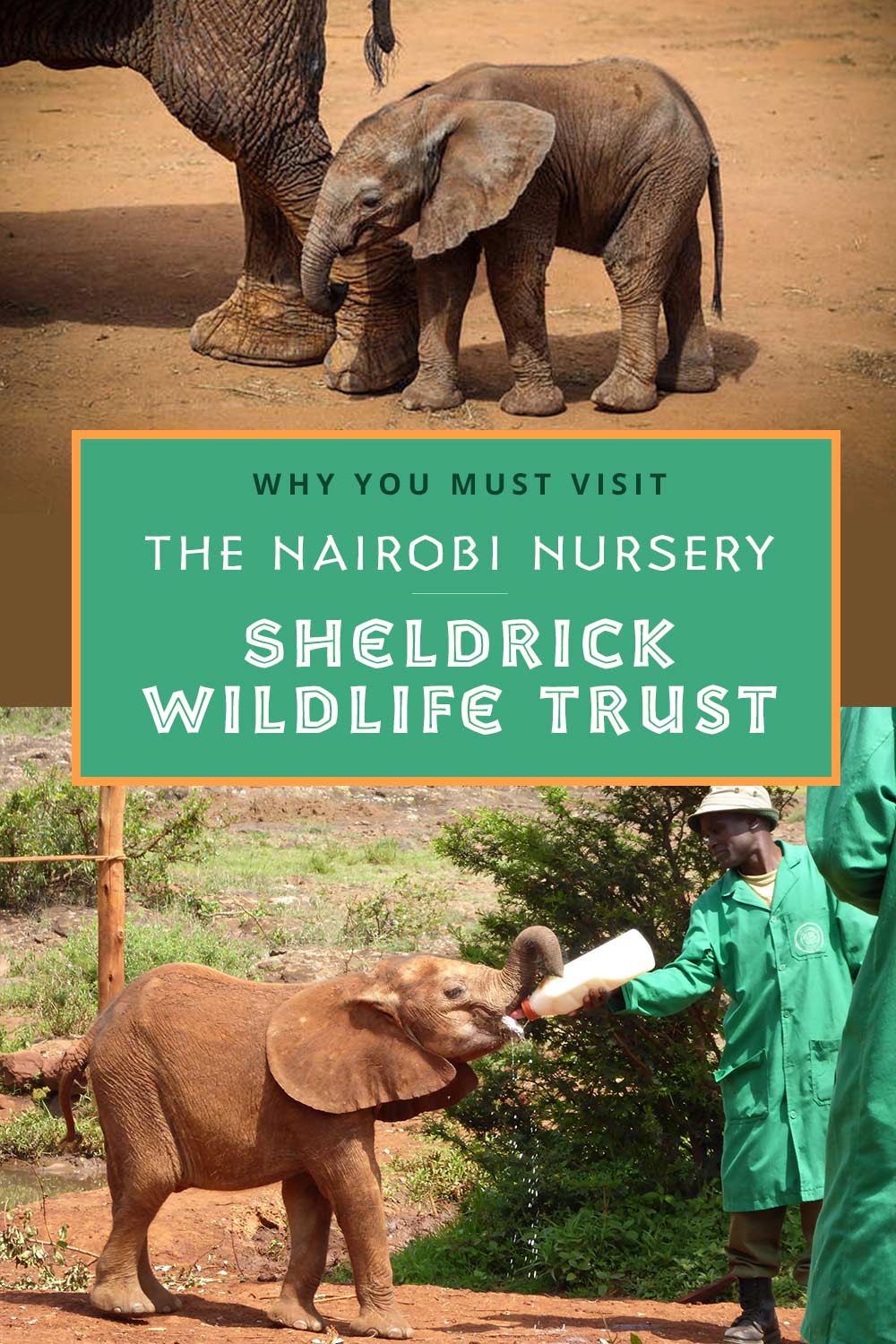
Sign up for the Ujuzi Newsletter!
From top travel tips to innovative safaris and conservation movement, get inspired to plan your next African safari!
By submitting this form, you are consenting to receive marketing emails from: . You can revoke your consent to receive emails at any time by using the SafeUnsubscribe® link, found at the bottom of every email. Emails are serviced by Constant Contact


